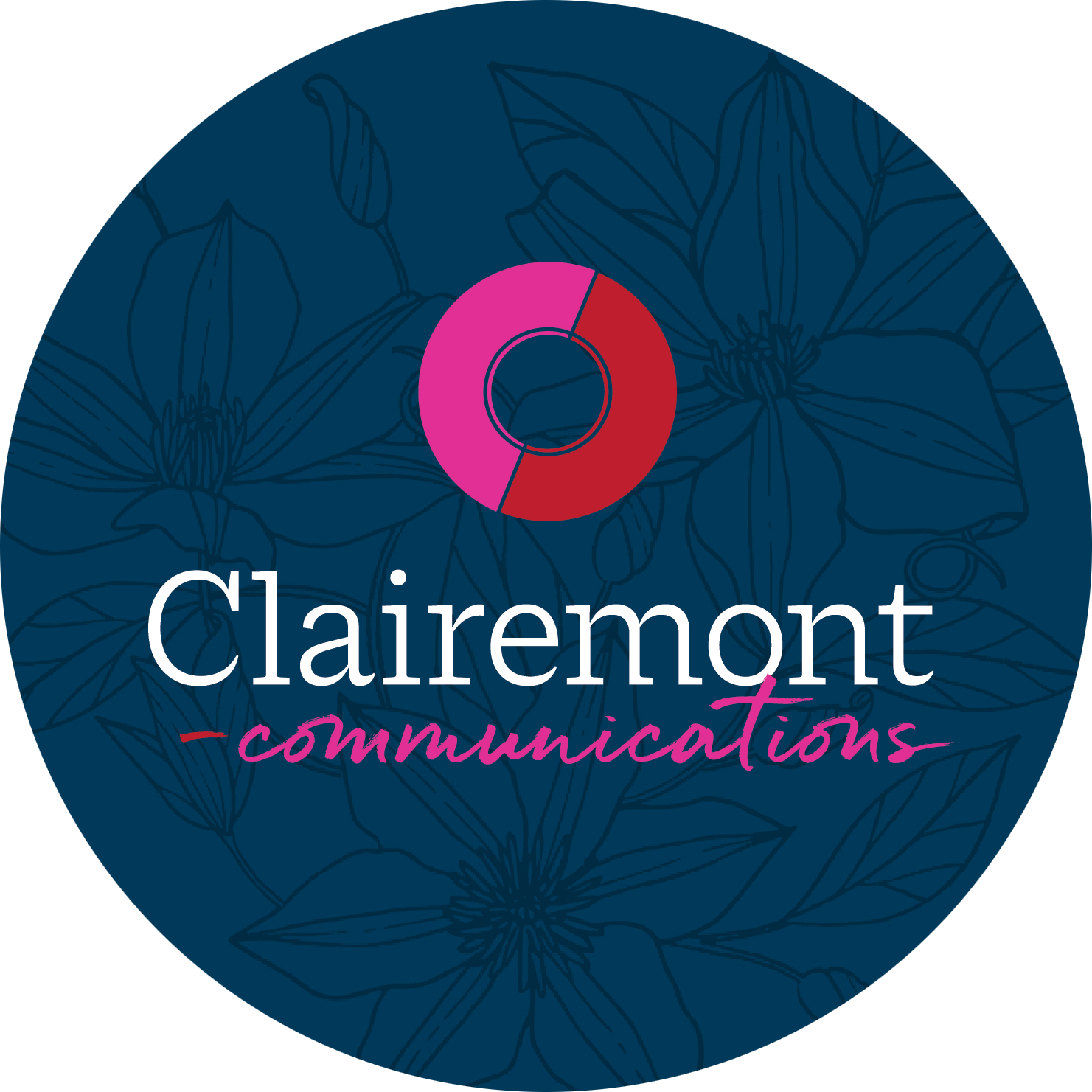You’ve crafted the perfect message, but your marketing is still falling flat.
In the restaurant industry, marketers spend hours laboring to hone the catchiest tagline, the cleverest tweet, the snazziest e-newsletter sure to pack the dining room. Yet somehow, despite the delectable verbiage, ads don’t get views. Facebook posts don’t get likes. And customers don’t open restaurant emails, let alone click through to make a reservation. What’s the dish on this?
Eloquence Doesn’t Pay
As it turns out, it’s not the messaging that’s the issue. It’s the length of the message. Ann Wylie of Wylie Communications points out that the more information that we give people, the less they’re able to use it. For example, the suggested length of an effective sentence is 15 words.
With longer sentences, readers tend to lose track of your thought and eventually skip the content altogether—all because of one extensive sentence, like this one that I’m writing right here that doesn’t seem to want to quit and maybe needs to pause for a water break or a sandwich or a lox bagel because it has been rambling incessantly…
You get the idea.
Multiple Ideas Confuse
Restaurant marketers also confuse customers by spotlighting too many ideas. For example, rather than highlighting one signature dish, a newsletter might describe four items along with a plug for next week’s date-night dinner and the monthly cocktail special. A media pitch might jam in too many details about a restaurant, overwhelming the already busy reporter. Email deleted.
How to Write Tasty Tidbits
1. Choose one. One idea. Ask yourself, “If my reader could only remember one thing from this message, what should it be?” Your answer should be five words or less. Anne Lamott, author and writing coach, keeps a one-inch picture frame on her desk. This touchstone reminds her to focus on one tiny corner of the story, and eventually, the finite corner will unfold itself into a rich story.
Marketer Christina Gillick refers to this as “the power of one.” Rather than promoting your entire healthy menu on your next Instagram post, highlight the crisp snap of your spring wedge salad.
2. Distill. I choose this word instead of “cut” or “shorten.” Our goal isn’t to whack adjectives willy nilly until we’ve thinned our sentences to 15 words. In the process, we run a high risk of deleting the most important verbiage and watering down our so carefully chosen one-inch story. Instead, we should aim to identify which ideas are extraneous. If you’re concentrating on the healthy salad, don’t suggest low-cal drinks that pair well with a lean lunch. Nope. Spotlight just the salad.
3. Ring the dinner bell. Despite our best encouragement, many restaurant marketers miss this final step. Remind your readers of your one key message and then encourage them to act on it. This call to action (CTA) can be as simple as “make a reservation for date night this Friday,” “click here to personalize your own lunch salad,” or “see what else chef is doing on his grill!” (which might link to a blog, video or photo album of the menu).
One caveat: CTAs can be more subtle on social media, especially in posts that are not boosted or promoted. Not only does Facebook guard against overt CTAs, social media followers respond better to a sense of shared empathy rather than an outright ask for likes.
Got a favorite restaurant that deserve a shout out for good messaging? Shout ’em out!

